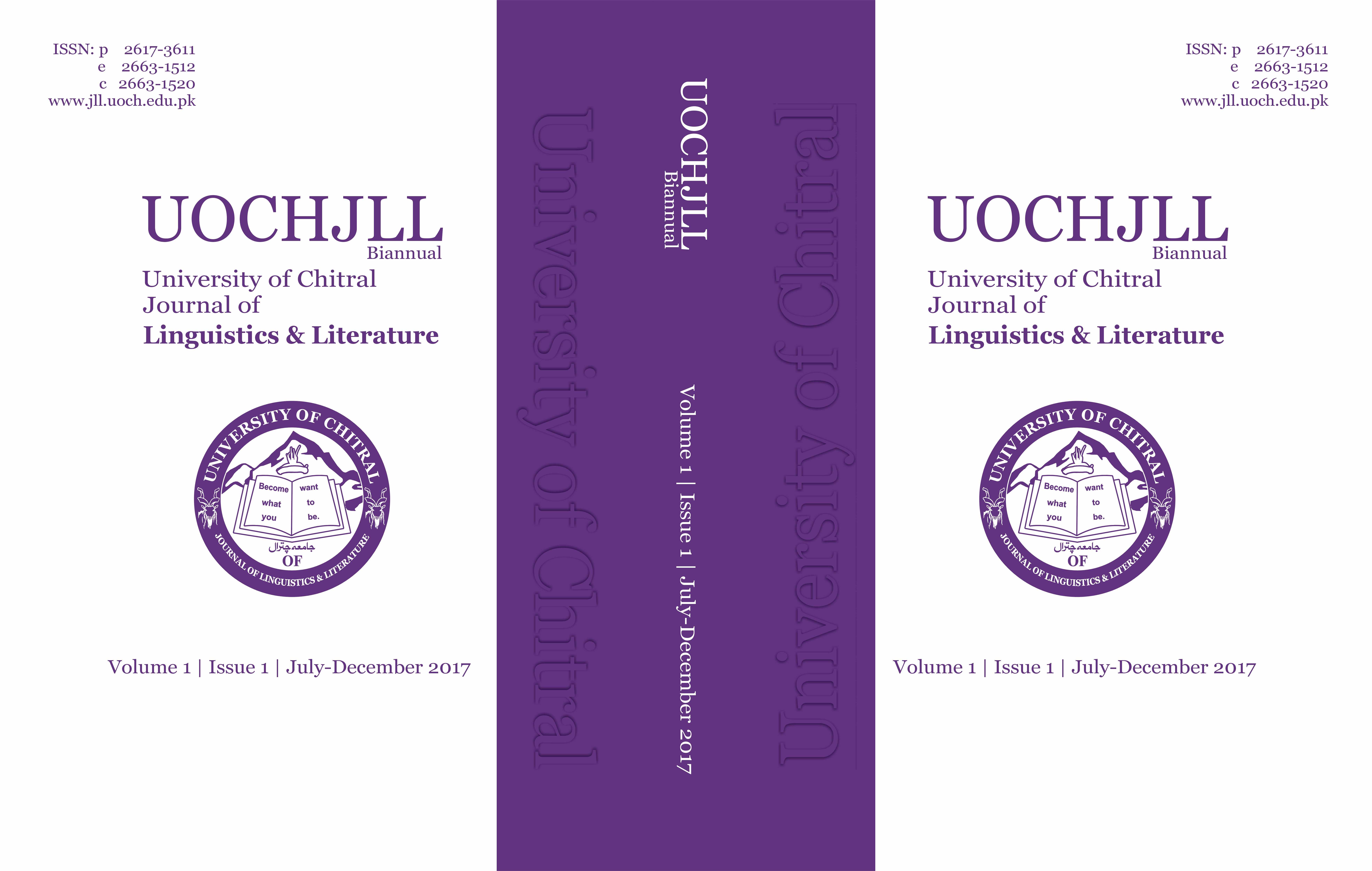Genderlect Styles: Analysis Of Ibsen’s “A Doll’s House” From The Perspective Of Gender Differences In Language Use
DOI:
https://doi.org/10.33195/72w16e60Keywords:
Discourse Analysis, A Doll’s House, Genderlect Styles, Ideological State ApparatusesAbstract
This present paper examines Ibsen’s A Doll’s House from the viewpoint of gender differences in the use of language by the characters in the play, and the way the lives of the characters are affected by the use of language. The study concludes that the prevalent ideologies in the society define the gender roles that stimulate women to maintain intimacy and connection and men to preserve their independence and status. However, females break this connection when they tend to preserve their identity and individuality instead of maintaining connection. The analysis of the selected text, from the play, is carried out through using Discourse analysis tools like Identity Building Tool, Turn Taking and Holding Floor, Story Telling, Empty Adjectives, Intensifiers. Tannen’s theory of Genderlect Styles and Althusser’s concept of Ideological State Apparatuses have been used to draw the conclusion.
Downloads
Published
Issue
Section
License

This work is licensed under a Creative Commons Attribution 4.0 International License.
You are free to:
- Share — copy and redistribute the material in any medium or format for any purpose, even commercially.
- Adapt — remix, transform, and build upon the material for any purpose, even commercially.
- The licensor cannot revoke these freedoms as long as you follow the license terms.





